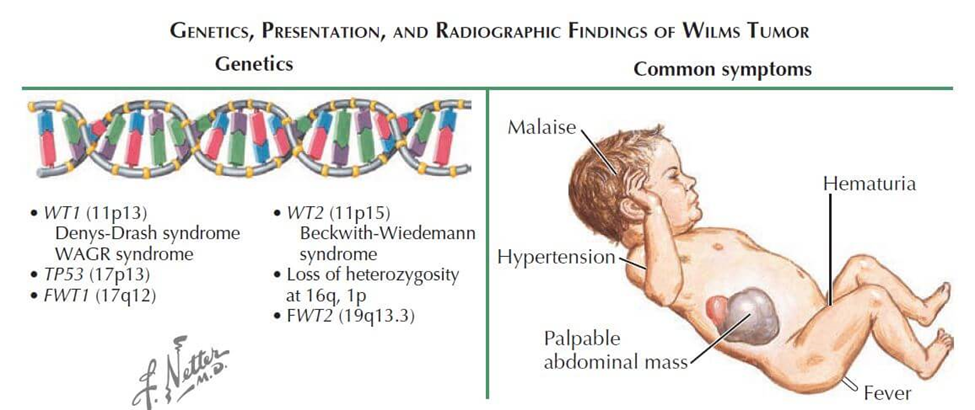A nurse is caring for a toddler who has intussusception. Which of the following manifestations should the nurse expect?
Drooling
Increased appetite
Mucus in stools
Jaundice
The Correct Answer is C
A. Drooling - Drooling is not typically associated with intussusception. Intussusception is a condition where one portion of the intestine telescopes into another, leading to bowel obstruction and subsequent symptoms such as abdominal pain, vomiting, and "currant jelly" stools.
B. Increased appetite - Increased appetite is unlikely in a toddler with intussusception. Instead, affected toddlers may experience symptoms such as abdominal pain, vomiting, and lethargy, which can lead to decreased appetite.
C. Mucus in stools - Mucus in stools is a characteristic finding in intussusception. As the telescoping of the intestine causes irritation and inflammation, mucus may be passed in the stool along with blood and, in some cases, a characteristic "currant jelly" appearance.
D. Jaundice - Jaundice is not a typical manifestation of intussusception. It may be present in conditions affecting the liver or bile ducts, such as biliary atresia or obstructive jaundice, but it is not a direct symptom of intussusception.

Nursing Test Bank
Naxlex Comprehensive Predictor Exams
Related Questions
Correct Answer is A
Explanation
To predict the expected weight of the 12-month-old boy, we can use the general guideline that a child's weight should triple from birth to 12 months.
Given that the boy weighed 8 lb 2 oz at birth, we can calculate the expected weight at 12 months by tripling this weight.
8 lb 2 oz = 8.125 lb
Tripling this weight:
8.125 lb * 3 = 24.375 lb
Now, we convert this weight back to pounds and ounces:
0.375 lb * 16 = 6 oz
So, the expected weight of the 12-month-old boy should be approximately 24 lb 6 oz.
Correct Answer is C
Explanation
A. Gross hematuria: Gross hematuria refers to visible blood in the urine, which can present as pink, red, or cola-colored urine. While hematuria can be associated with various kidney conditions, including Wilms' tumor, it is not a consistent or defining symptom of this specific tumor. Additionally, because the tumor is typically confined within the kidney and does not usually invade the urinary tract, gross hematuria might not always be present.
B. Dysuria: Dysuria is the medical term for painful or difficult urination. It is not a typical symptom of Wilms' tumor, as this tumor primarily affects the kidney and may not directly affect the urinary tract in a way that causes painful urination.
C. An abdominal mass: This is the correct answer. Wilms' tumor often presents as a palpable abdominal mass, which may be felt during physical examination. The mass is usually firm, non-tender, and confined to one side of the abdomen. Detection of an abdominal mass should prompt further diagnostic evaluation to confirm the diagnosis and plan appropriate treatment.
D. Nausea and vomiting: While some children with Wilms' tumor may experience nausea and vomiting, these symptoms are nonspecific and can be caused by various conditions. They are not considered characteristic or defining features of Wilms' tumor. The presence of nausea and vomiting would prompt further assessment to determine the underlying cause

Whether you are a student looking to ace your exams or a practicing nurse seeking to enhance your expertise , our nursing education contents will empower you with the confidence and competence to make a difference in the lives of patients and become a respected leader in the healthcare field.
Visit Naxlex, invest in your future and unlock endless possibilities with our unparalleled nursing education contents today
Report Wrong Answer on the Current Question
Do you disagree with the answer? If yes, what is your expected answer? Explain.
Kindly be descriptive with the issue you are facing.
